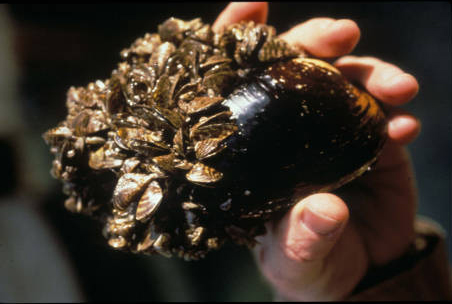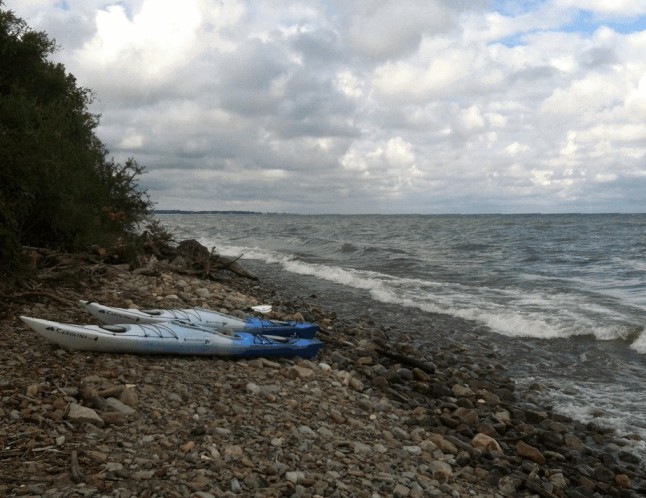Reflecting on a Year of Environmental Achievements
By Sophia Rini
It’s the season when people often think back over the year’s events and take stock. Here at EPA Region 2, we had a very busy 2016 – from responding to environmental emergencies to successful green jobs training. Below are some highlights of our favorite moments protecting human health and the environment around our region this past year:
- Major milestones in the cleanup of the Passaic River in New Jersey: We issued a final plan to remove 3.5 million cubic yards of toxic sediment from the lower 8.3 miles of the Passaic River and secured $165 million to perform the engineering and design work needed to begin the cleanup.
- Updates to the Worker Protection Standard: We visited farms in both New York and New Jersey and held a meeting with agricultural workers in Utuado, Puerto Rico to highlight the important updates to the standard. Working in farm fields day after day should not be a health risk for farmers, farmworkers, or their families. With these updates, the nation’s two million farmworkers are better protected against toxic pesticide exposure.
- Great progress in Trash Free Waters: This year, as part of our Trash Free Waters program, we awarded a $365,000 grant to the New England Water Pollution Control Commission and awarded grants in New York and New Jersey. We also held a Microplastics/Citizen Science workshop on October 11 in Syracuse and a Caribbean Recycling Summit on December 1 & 2 in San Juan, Puerto Rico. We’re getting the word out and expanding the conversation about plastic pollution.
- Green Jobs Training: We provided funding for successful green jobs training programs. Forty students graduated from The Fortune Society’s training in Long Island City and we awarded $120,000 to PUSH Buffalo for green jobs training and environmental education.
- South Jersey Ice emergency response: We safely removed 9,700 pounds of toxic ammonia gas from a storage and refrigeration facility located in a residential neighborhood and protected the public from potential harm.
- Protecting Clean Water: In 2016, we gave millions of dollars to New York, New Jersey, and the U.S. Virgin Islands for water infrastructure projects. We also provided more than $1.5 million in funding for projects to help support the Great Lakes Restoration Initiative.
- Cutting Diesel Pollution at the Port of San Juan, Puerto Rico: We gave more than $1.6 million to the University of Puerto Rico for projects to reduce air pollution around the Port of San Juan.
- Progress in the Gowanus Canal Cleanup: We began debris removal in the first step of a multi-year cleanup process.
- Millions to Preserve and Protect Long Island Sound: We announced $1.3 million in grants to local governments and community groups to improve the health and ecosystem of Long Island Sound. The projects will restore 27 acres of habitat, improve water quality and reduce pollution in the Long Island Sound watershed, one of our nation’s national treasures.
- Environmental Champion Awards: We recognize the environmental achievements of committed people in our region every year. In 2016, we awarded six people or groups from New Jersey; 28 individuals or groups from New York; seven individuals and organizations from Puerto Rico; and two organizations from the U.S. Virgin Islands. The dedication and accomplishments of these environmental trailblazers is impressive. We will continue to recognize the hard work of people in our region for their commitment to protect public health and the environment. To nominate somebody for the 2017 Environmental Champion Award, visit our website: https://www.epa.gov/aboutepa/epa-region-2-environmental-champion-awards.










